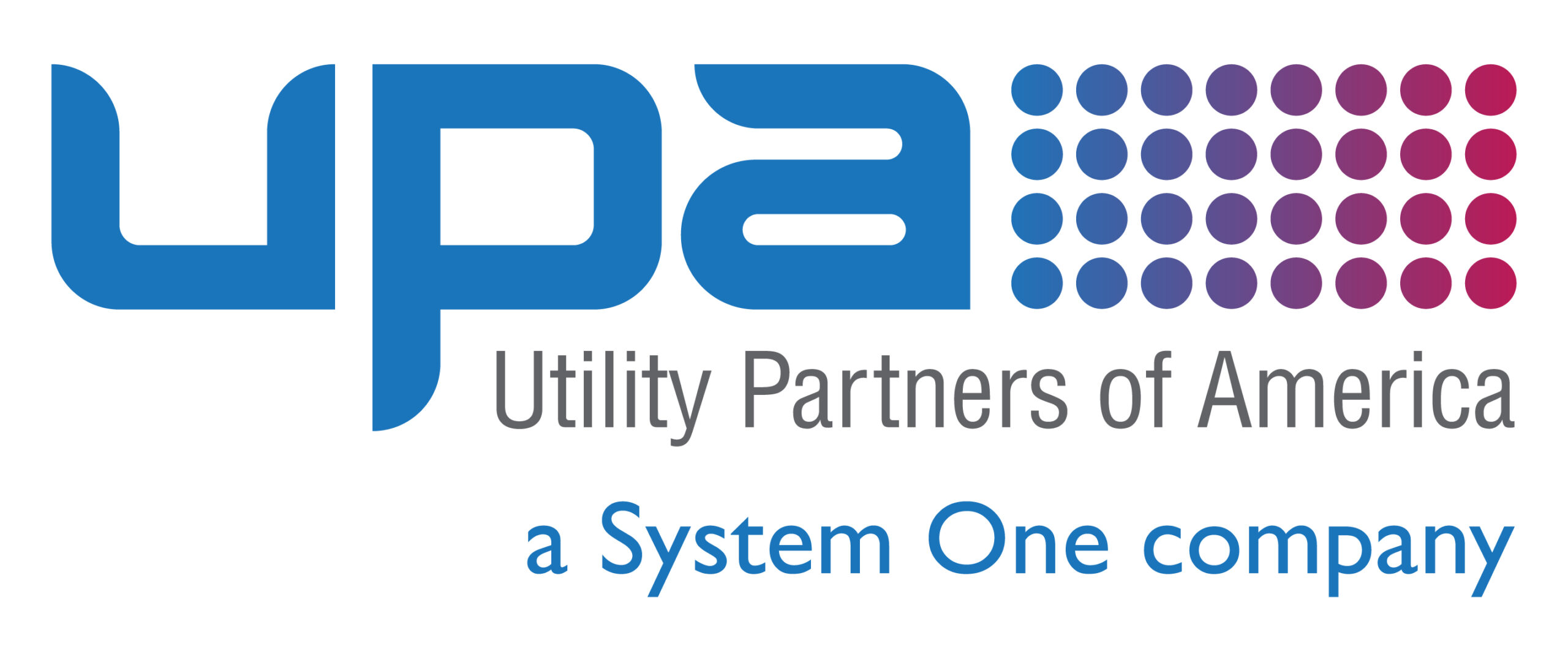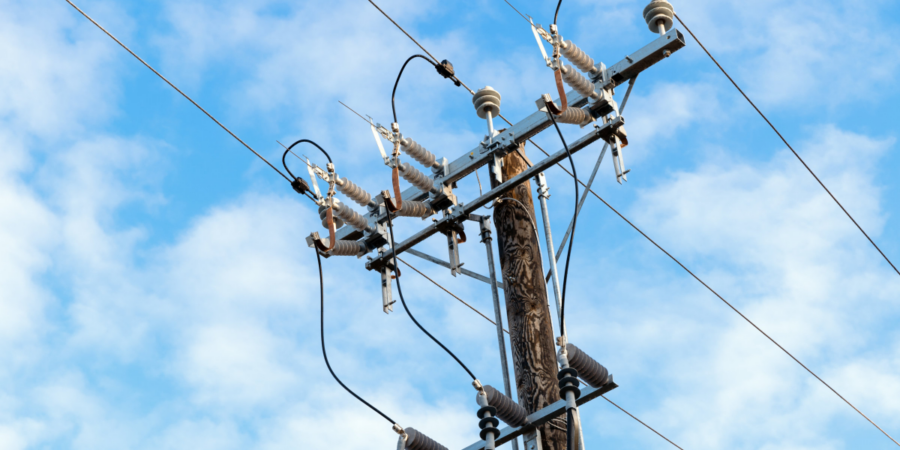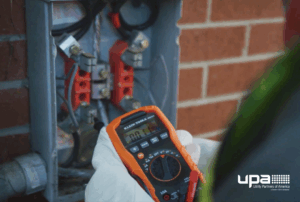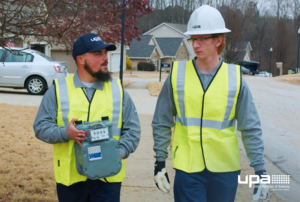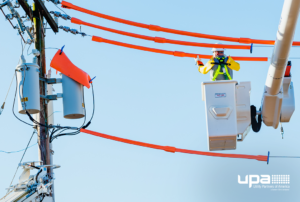The American Society of Civil Engineers (ASCE) is the oldest engineering society in the U.S. that includes the country’s foremost experts on the built environment. For years, ASCE has fervently advocated for updates to aging utility infrastructure, and its most recent report is no different. As published in March 2021, the report focuses specifically on progress made in infrastructure development, saying that “although much work remains to be done, the progress indicates the benefits that can result from increased funding, better asset management, and technological improvements.”
Upgrading infrastructure and expending the necessary capital needed to make that happen can be a daunting proposition for utilities. They may already be balancing an exceedingly tight budget. Today, we’ll look at the positives of that investment and explore the real impacts of upgrading aging infrastructure. We’ll also look at digitization and securing the grid against natural and manmade disasters.
What’s at stake if there’s a failure to act?
Before we dig into the benefits, let’s review some of the predictions ASCE made in September. According to ASCE, aging infrastructure is financially damaging to customers of all types because of unreliable electricity. By 2029, ASCE forecasts the electricity infrastructure investment gap to be $208 billion, with impacts costing $20 billion for residential customers, $487 billion for commercial customers, and $448 billion for industrial customers.
Related: Improving Grid Coverage in Rural Areas
Those costs come in the form of everything from damage to electronics. From voltage spikes to spoiled food to the use of backup generators. Additionally, businesses must navigate downtime, labor, and lost productivity resulting from grid outages. And that’s just the financial impact on customers, which doesn’t account for damage to the utility’s reputation.
Related: Smart Meters: Boon for Utilities and Their Customers
How upgrades help with reliability and efficiency
One of the most beneficial upgrades that utilities are considering adding (or have already added) is smart grid technology. The difference between a smart grid and a traditional grid is that a smart grid has two-way communication functionality. Instead of just carrying electricity to customers, smart grids now provide customers the chance to track consumption in real-time. Equally as important, it gives the utility real-time insight into the status of the service without having to rely on a customer calling in a disruption. For renewable energy producers, smart grids are capable of storing and delivering excess energy back into the grid,. This of course is an added benefit for the environment.
Related: How to Draft KPIs for Project Management
Electric utilities can also elect to pair their smart grids with automated sectionalizing devices. This technology is important during a storm or in times of crisis when unexpected events might take out an entire circuit. Instead of broad swaths of people experiencing a disruption, the utility can isolate the problem. Rerouting the power to limit the number of impacted customers.
Related: Smart Cities: Tomorrow’s Technology Today
Lastly, smart devices are conduits to data about user behaviors and weather patterns that can influence how the utility operates. Using readings that extend beyond just times of peak and light use, utilities can better forecast what to expect in the coming months and years.
The effect of utility upgrades on the economy
What the modernization of grid technology and other elements of utility infrastructure can do for both the business and customers is evident. But there’s another area that’s subject to receive influence from utilities taking the plunge: the economy.
Related: Locating Underground Utilities Prior to Digging: Three Reasons Why
Remember that report from ASCE? The group estimates that nearly 300,000 jobs could be lost by 2029 if upgrades aren’t made due to weakened business productivity and a reduction in income. There’s also the thought that continued expansion of modern products serving utilities actually creates jobs in the manufacturing and construction industries. Additionally, energy monitoring software is an industry that could simultaneously grow as companies develop new platforms to support evolving products.
Related: Ready to Fix Your Infrastructure?
The future of utilities is banking on advanced technology like smart grids, but when it comes to the conception and execution of those products, you don’t have to go it alone. Utility Partners of America has expertise in helping electric utilities upgrade infrastructure. If you’re interested in learning how we can help you, contact us today.
